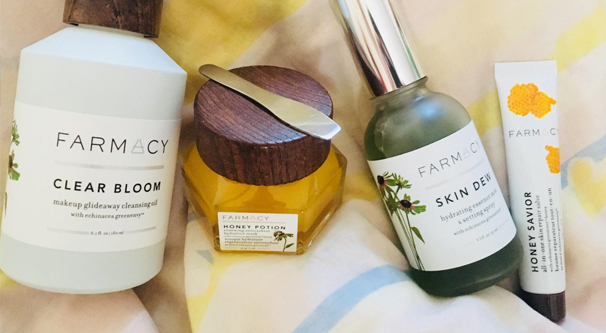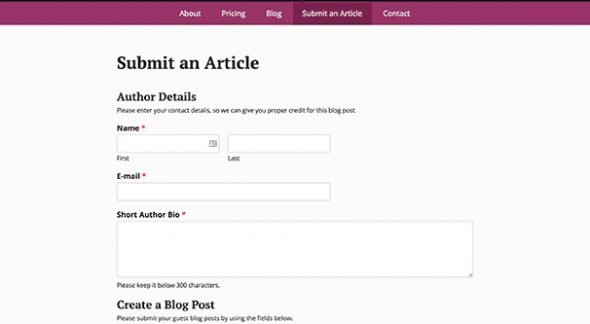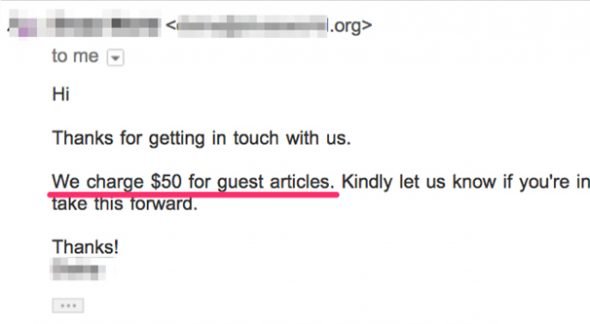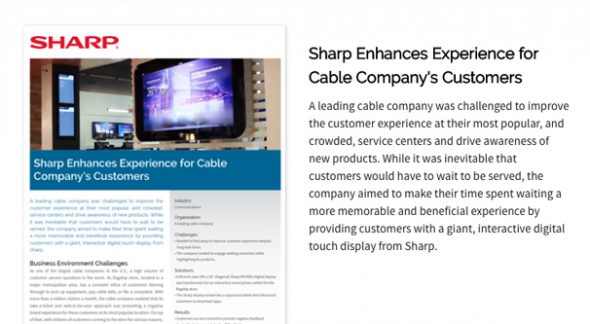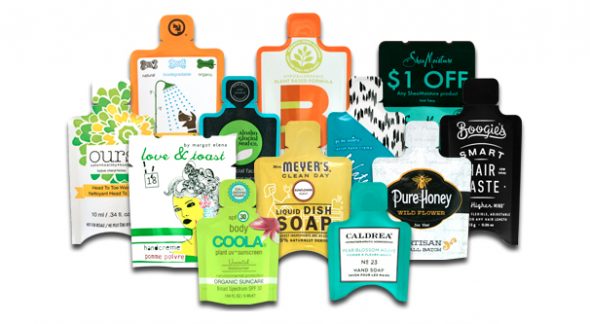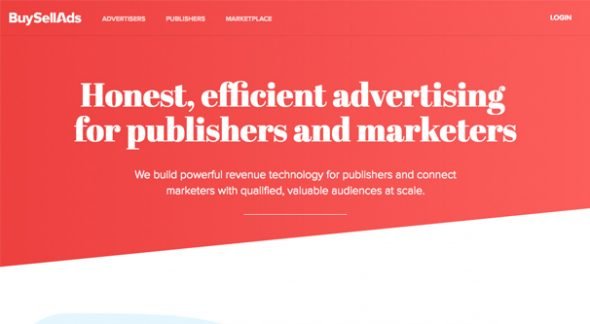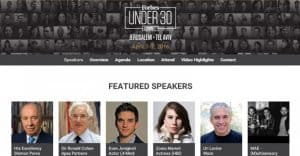Product placement on blogs is a bit of a different animal than traditional product placement. With traditional product placement, you’re aiming at incidental exposure through widely-consumed media. When a TV show makes all their characters happen to like drinking Coke, that’s product placement. It’s very minor, but it incidentally makes people want a coke. Coke probably pays a lot of money for that kind of incidental placement, and a lot of show producers intentionally make up fake brands or avoid showing anything with a logo specifically to prompt brands to pay for placement.
With blogs, there are two major changes. The first is that it’s not reaching an audience of millions in a passing moment on TV, it’s reaching an audience of thousands on more permanent text. Second is that you get benefit beyond the incidental exposure; Google search, broader awareness, semantic search, and other fringe benefits can compound, especially when the post that mentions your product is more prominent.
For the purposes of this article, I’m considering there to be three main kinds of blog-based product placement.
- Ad-based placement. Ads are transitory; the only work as long as you’re paying for the positioning. Such placement doesn’t grow you in the long term, but can be valuable when building a brand, launching a product, or otherwise needing a burst of interest that can be short-lived with no negative repercussions.
- Sponsored placement. Think of this one as more advertorial blog posts. Guest posts, sponsored posts, and republished press releases all fall into this category. It’s essentially the category for the content you can create yourself for publication on other sites.
- Incidental placement. If I write a guide on how to determine which pages on your site get the most traffic, and I give you step-by-step instructions using a specific analytics suite other than Google Analytics, it’s useful content with placement for a product that isn’t explicitly trying to sell that product to you. This is the best kind of placement, but also the hardest to quantify.
Any and all of these will show up below, and they’re all valuable to you in different ways, so it’s worth going for them all. Don’t ignore an opportunity just because it takes a form you weren’t expecting.
1. Pitch a Guest Post
It should come as no surprise that, on a website named Guestpost, one of my top tips is to submit a guest post. It’s actually not that difficult to get your posts accepted, so long as you know what you’re doing.
Guest posts have the benefit of being able to write the content yourself, with some editorial overlay. On the other hand, many editors will strip your content of any mention of your own products, so it’s tricky to find the sites that allow at least some basic self-promotion. You never want to go overboard with sales speak, but you can often mention your brand in your author bio, or mention using your own tools when teaching readers how to perform some task.
2. Pay for a Sponsored Post
Many larger sites find themselves in dire straights when it comes to money. Display ads don’t cut it, but it’s nearly impossible to monetize a blog through subscription-only content these days. Selling books and products can help, but one way many blogs find to make money is through sponsored posts.
A sponsored post is really similar to a guest post, but since you’re paying for it, a few things happen. First, you’re allowed to be a bit more advertorial, though not entirely commercial. Second, you’ll have a big banner or mention in your post indicating that it’s a sponsored post. Third, you’ll often find any links are nofollowed, though that sometimes depends on how much you pay. This method does cost money, but it can be one of the best ways to get big-position product placement.
3. Pay for Product Placement
Some larger sites – or specific writers for those sites – will try to make extra money on the side by offering product placement in their content. This is very similar to a sponsored post, except it’s often paid for discretely and not disclosed.
Technically, this kind of product placement is borderline illegal. It’s also generally against the terms of service of most big sites. That doesn’t mean it doesn’t happen, though; it just means you need to be careful when you ask about it. I recommend going to a third party site where you can pay for influencer shoutouts, and see if you find the sites you’re after there. This can work well for social media shoutouts as well.
4. Submit a Press Release
Press release marketing can have two effects. Some sites will simply publish your press release in full, which allows you to get a lot of exposure and some SEO value out of each publication. Other sites will take the release and then do their own investigation, research, and writing.
They’ll present their own article on the topic. This is the ideal result, since it’s unique content that references you, often on news sites. It can get you a large initial spike of traffic for anything newsworthy, with the major caveat that it does, in fact, need to be newsworthy.
5. Pitch a Writer Directly
Sometimes you can identify the specific writers who are contributing to your target sites, and approach them with your offers. You might be able to pay the writer for a sponsored or discrete mention, or just ply them with a free sample that might get them to cover you in their content. More on that technique in the future.
The risk here is that the writer might be a fan of your competitor, or they might react poorly to your pitch. You never know how some people are going to take the proposition to “sell out”. Try to feel out a writer and network with them before making the pitch.
6. Network with Editors on Social Media
Just like writers, editors are people, and you can find them around the web. You might be able to schmooze with a powerful editor on social media, and build up a bit of a rapport with them.
Once you’ve initiated a conversation and have let it build into a fruitful relationship – with a little guidance and perhaps some genuine, non-advertorial guest posts or other contributions – you can make your pitch. Be careful, but be bold; nothing can be gained if nothing is ventured.
7. Make Friends with Editors at Shows and Conventions
Many major editors often make personal trips to trade shows, conventions, and other events relevant to their interests. They also often announce plans to do so on their social media accounts, and will sometimes even publicly post their location for meetups with interested parties.
Now, I don’t recommend stalking an editor at their hotel room at the end of a long day, but if you can meet one for coffee on a trade show floor after an event, you can start up a fairly fruitful relationship. The idea here is that many editors are more inclined to work with someone they have met in person, particularly when you’re not demanding they do something to benefit you right off the bat.
8. Partner with Blogs for Case Studies
You can form other kinds of partnerships with blogs as well. You can, for example, perform a case study on some kind of marketing or SEO technique – or something relevant to your niche, of course – and include the target blog in study.
Often times you will be able to get them to publish content about the study they participate in, and the shout-out you get within that content can be valuable as product placement.
9. Co-Sponsor an Event
By co-sponsoring an event, you can meet up with and work out deals with other sponsors. You might have to allow some product placement of your own, but hey, what mutually beneficial relationship doesn’t require a little give and take?
The downside to this one, of course, is how much it costs to be a visible sponsor for an event. You don’t want to be one of those “fine print on the last page of the pamphlet” sponsors, you want to be visible, and work with the other visible sponsors. Otherwise you’re just not getting enough out of it.
10. Build Hype on Smaller Sites
Often times, large sites aren’t going to give you the time of day. It’s not your fault, they’re just swamped with thousands of other people trying to do the same thing you are. Your best option in this case is to build as much hype as you can on as many smaller sites as you can. With luck, the writers, editors, or owners of the large sites you want to target will come to you. After all, you’re suddenly in their sphere of awareness, right? As a bonus, often times other sites will do the same thing, so make sure your contact information is up to date.
11. Send Trials and Samples and Ask for Honest Reviews
One tried and true way to get product placement and mentions on big sites is to send them a free trial, free sample, or even just free full version of your product. Send them a note, either before or with the product, explaining that you’re giving them a product so that they can review it. Make certain to explain that you’re not demanding a positive review; you just want an honest review.
This makes more blogs more likely to actually create that review. With luck and a good product, you get a bunch of positive reviews out of the deal and a lot of incoming customers.
12. Hire a PR Firm
One thing a public relations firm is going to do for you is strive to bolster your public image. This can involve anything from scrubbing bad reviews and encouraging good reviews to guest posting, link building, and a whole lot more. PR firms can do a ton of good, and product placement on large sites is just one of the smaller benefits. On the other hand, PR firms often cost a pretty penny, so it’s not something you can just jump up and decide to do on a whim.
13. Pay for Specific Advertising
Larger sites may or may not be using a display network like Google. Often times they’ll be using paid advertising through their own program, or through a marketplace like BuySellAds. These allow you to target the site more accurately, and create more targeted advertising, but are often more expensive than broad-spectrum display ads.
The drawback here is that you’re just paying for ads. It’s not so much product placement as it is “my product is on this site for as long as my money keeps coming.” It’s not a reliable long-term source of value.
14. Run Awareness Campaigns and Let Them Come
This one is similar to number ten on this list, but with a broad awareness campaign, you do more than just build hype on smaller sites. You run awareness ads on Google and social media, you get partners to help promote you, you embark on link building campaigns, and generally do everything you can to get as many eyes on your content as quickly as possible. This way the hype can snowball even faster, though it’s a lot more work and, typically, more money to pull off.
15. Become an Employee or Contractor
If all else fails, go undercover. Apply for a writer or editor position at the site you’re targeting, and then, once you’ve been hired and are out of your probationary period, start promoting your other businesses. Heck, if you can keep up the ruse long enough, maybe you can rise through the ranks and become head editor.
Okay, so this option is a bit of a flippant joke, but hey; maybe you can become a contributor and get a few special privileges that way. You never know unless you try!
 ContentPowered.com
ContentPowered.com
